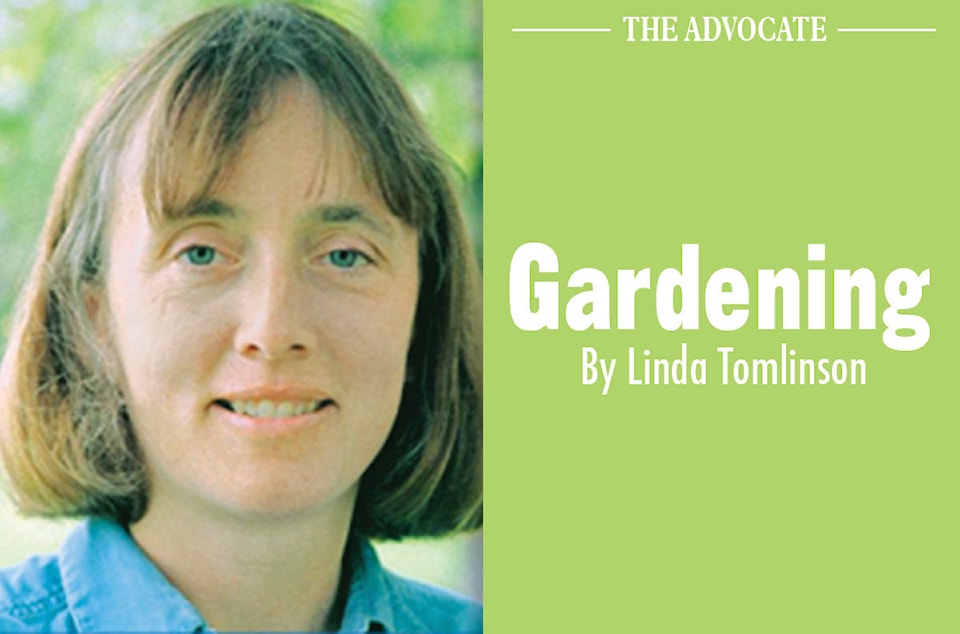Alberta is home to many varieties of berries; saskatoon, raspberry, currant, strawberry and Haskap plants are being cultivated by both home gardeners and commercial orchards.
When choosing a berry to add to the garden, consider the space available and soil type. Strawberries prefer a well-drained sandy loam while raspberries do well in loam or clay. Currants and saskatoons grow in most soils. Adding organic matter to the soil will improve all berry crops.
Saskatoons take up the most room. It is suggested that plants be spaced five to 12 feet apart depending on variety. Initial planting of currant, haskap and raspberry plants are closer at three to four feet.
Selected saskatoons cultivars differ from the wild berries in that they produce larger berries on smaller plants. Different varieties fruit at different times making it easier to prolong the picking season.
Saskatoon plants do best in soil with good drainage. Expect to start picking a few berries a couple years after planting with bigger crops appearing at about six years.
Haskap is a member of the Honeysuckle family. Plants will fruit within the first few years if at least two varieties are planted, one of which is considered to be a pollinator plant. The fruit turns blue long before it is truly ripe making it tempting to pick the berries too early. Waiting until the berries are ready to fall off the plant will produce sweeter berries.
Haskap plant varieties originated through the University of Saskatoon’s small fruit program.
Raspberry varieties that are sold are larger and much sweeter than berries from wild plants. Most varieties fruit on second year wood but there are primocane varieties that are hardy in Alberta and they fruit on first year wood. Raspberry fruit can be red, yellow or black. Red berries are the most common with many different varieties available. Yellow, Honey Gold were developed by Robert Erskine at his farm North of Leslieville, Alberta. Wyoming, a black variety produces small sweet berries but it isn’t reliably hardy in Alberta. On the positive side, these bushes do not sucker.
There are a number of currant varieties available that were developed by the University of Saskatoon; red, white and black with black being the most commercially viable. Regular pruning enhances fruit production. Red and white currant produce best on second and third year wood while black currants fruit on last year’s wood.
Red and white currants are often used for baking or jelly. Black currants are used commercially for juice, jelly and flavourings.
Currant sawfly and Currant fruit fly can be problematic for this crop.
Strawberries are relatively easy to grow and taste much better than what is available in the store. The berries can be divided into three types. June bearing produce most of their berries at the end of June and the first of July. Ever-bearing have smaller berries but produce all season. Day-neutral produce a crop in June and another in the fall.
Strawberry plants are at their most productive in their second to fourth year of life. Cutting and replanting their runners allow for crop rejuvenation.
Whichever berry you choose, you are not likely to be disappointed.
Linda is a horticulturist that has gardened in central Alberta for over 30 years. She can be reached at your_garden@hotmail.com.
